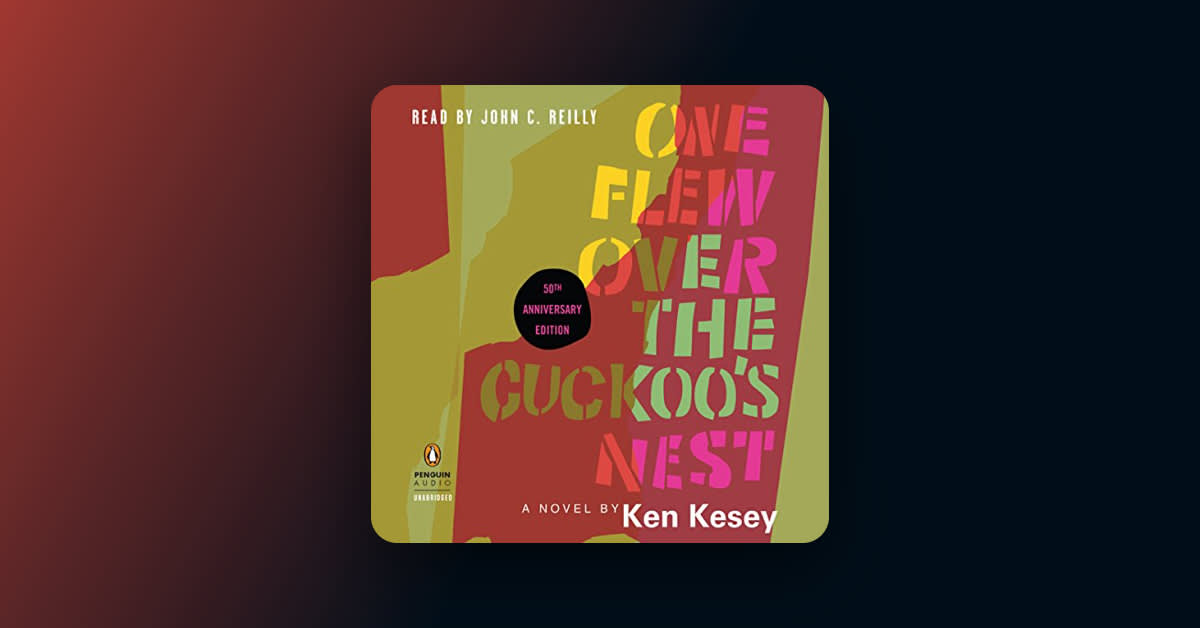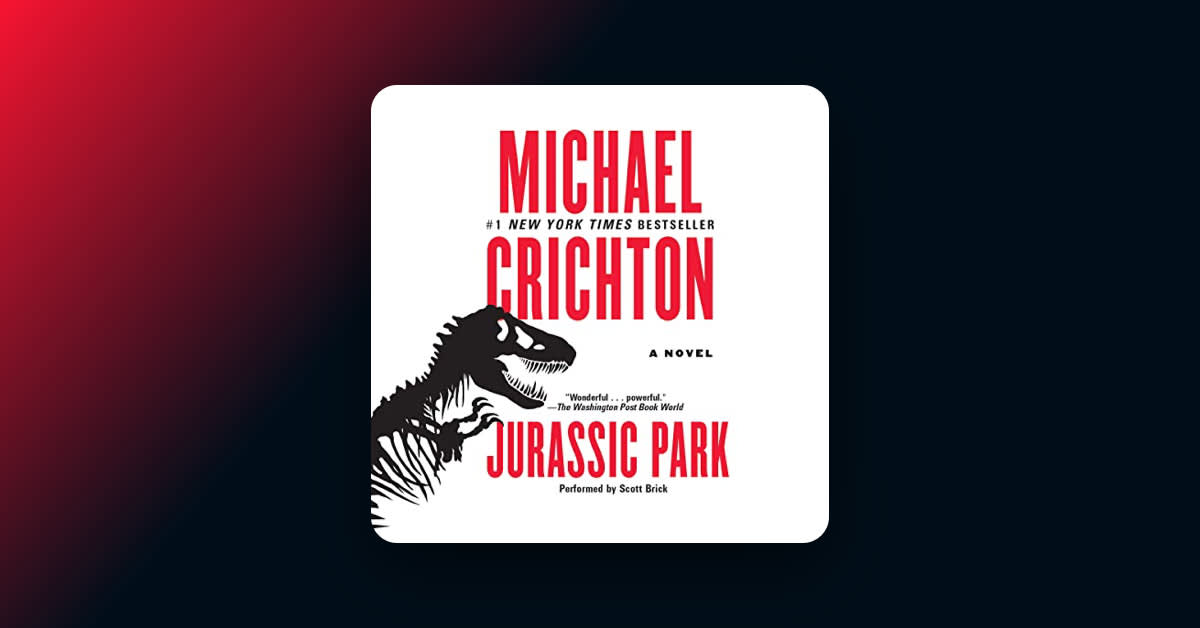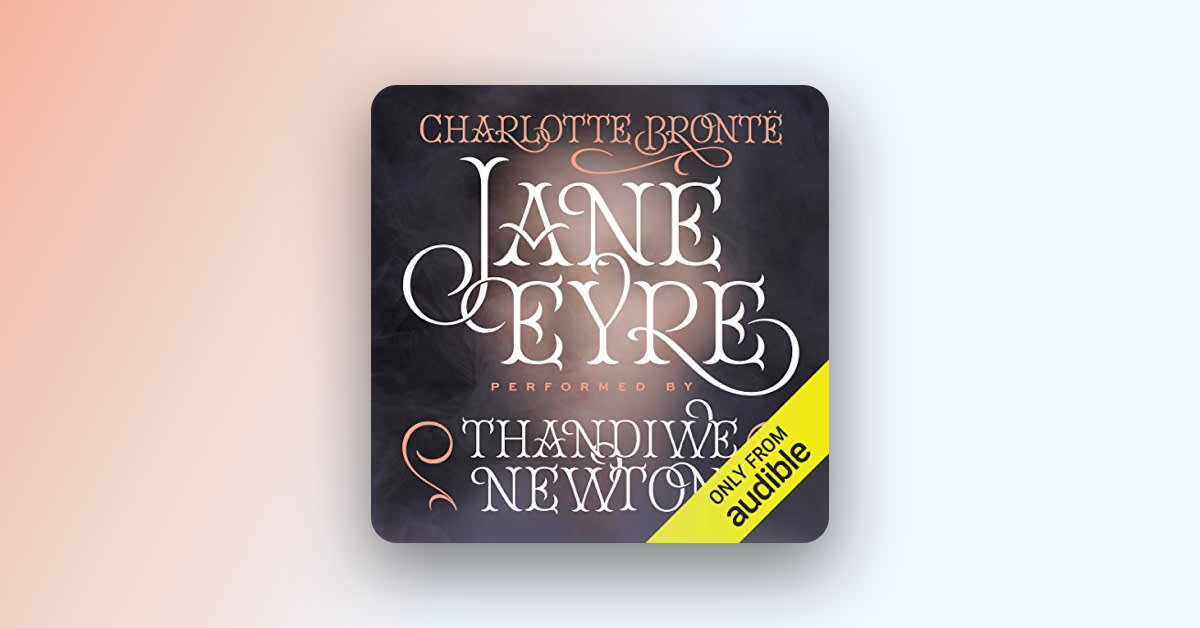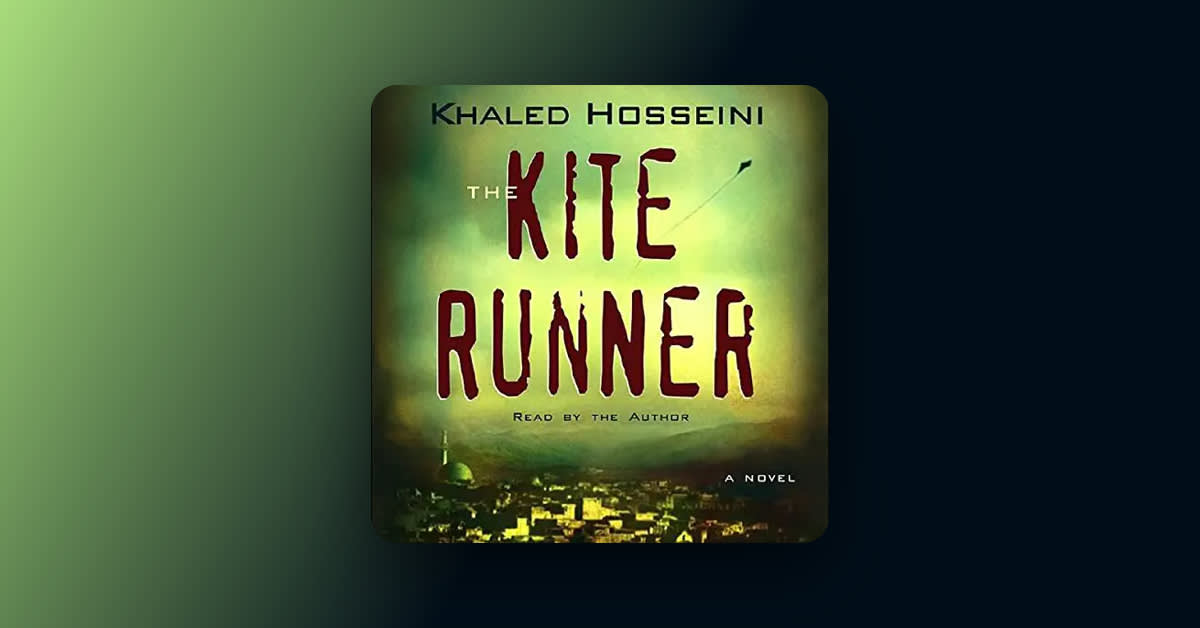Why it's essential
Ken Kesey's searing takedown of flaws in midcentury America's psychiatric institutions is unforgettable for its characters, including the cold Nurse Ratched and jail-dodging McMurphy. With wit, heart, and biting criticism, this provocative novel does as much to establish its iconic story as it does to challenge the mental healthcare system.
Featured in 100 Essential Screen Adaptations.
What is One Flew Over the Cuckoo's Nest about?
This classic novel takes place in the 1950s, set in a dreary Oregon psychiatric hospital run by the tyrannical Nurse Ratched. The place is turned on its head when the boisterous and impossibly unruly Randle McMurphy steps onto the ward. Over the course of the book, McMurphy develops strong bonds with a group of patients as his relationship with Ratched becomes increasingly hostile.
Editor's review
Seth is an Audible editor and a certified podcasting fanatic. He lives for historical fiction, music and film analysis podcasts, and well-placed Oxford commas.
My introduction to One Flew Over the Cuckoo’s Nest was certainly not a standard one. Rather than starting with the novel by the counterculture writer Ken Kesey or watching the iconic film starring Jack Nicholson, I was cast in a high school theatrical production of the work. Having only done lighthearted musicals up to that point, Cuckoo’s Nest was my first taste of dramatic acting. I remember feeling both shocked and intrigued by the script, pulling from my one year of AP Psychology to try to understand the medical terminology peppered through the pages.
Though I had been exposed to politically motivated works in school before (classics like 1984, Animal Farm, and Fahrenheit 451), I had never experienced one that addressed these issues with such realism. Rather than creating a world that is close to home yet different in some way, Kesey transports us to what feels like a real-life psychiatric hospital in the 1950s. Nurse Ratched and her gang of nurses, orderlies, and security personnel rule over the ward with an iron fist, threatening anyone who steps out of line with electroshock therapy or, for those "beyond fixing," lobotomy treatments. With the arrival of upstart patient Randle McMurphy, the lives of everyone in the hospital are changed forever.
Our narrator in this story is Chief Bromden, a larger-than-life Native American inpatient who is always sweeping the halls. Other standout characters are Dale Harding, an insecure man who hides his homosexuality by voluntarily committing himself, the nebbish Billy Bibbitt, and the overly talkative Charles Cheswick. McMurphy—who enters the ward as a means of dodging the draft, not because of overt mental illness—challenges the status quo, bringing a rebellious spirit to these men and others in the ward, while slowly driving Nurse Ratched up a wall.
I can’t help but imagine that this book was challenging to readers upon its release. Published in 1962 during the Civil Rights Movement, One Flew Over the Cuckoo’s Nest arrived at a time when mental hospitals and their practices were being heavily scrutinized across the US. Kesey’s unflinching look at the brutal conditions in the era’s psychiatric wards put an extremely underrepresented group of people in the spotlight, and Cuckoo’s Nest went on to transform the way mental healthcare would be portrayed in media and the popular imagination. In a larger sense, the novel also represents the changing tide of culture from the 1950s to the '60s, as conservative ideals were being challenged by a new generation of free thinkers. Kesey’s documented use of LSD in the period leading up to the novel was a direct influence on its creation, and his famous Acid Test parties and bus tour that followed were a key part of the novel’s mythology and the 1960s counterculture.
While the subject matter is brutal at times, Cuckoo’s Nest manages to keep its tone largely hopeful. I found the audiobook especially immersive, with John C. Reilly’s performance capturing McMurphy’s "devil may care" spirit perfectly. Reilly expertly voices each character, ranging from a hopeful and resolved rendition of Chief Bromden to a cold and calculating Nurse Ratched.
While my initial experience with this book is unusual, my appreciation for Ken Kesey’s bold novel is anything but—a success upon its release, One Flew Over the Cuckoo’s Nest went on to be immortalized in the canon of great American literature as well as becoming the basis for an equally legendary film. I have no doubt that will continue to be an influential work of fiction for decades to come.
Did you know?
Ken Kesey based the novel on his experiences working at the Veterans Administration Hospital in Palo Alto, California. His exposure to LSD here was crucial in his development as a leader in the counterculture movement in the 1960s.
The 1975 film adaptation of One Flew Over the Cuckoo’s Nest is one of only three motion pictures to receive the "big five" Oscar Awards—Best Picture, Best Director, Best Actor, Best Actress, and Best Screenplay (Adapted or Original).
In 1968, Tom Wolfe published The Electric Kool-Aid Acid Test, a firsthand account of his experience riding in Ken Kesey’s bus (driven by Neal Cassady of On the Road fame) as he toured the country with his infamous Acid Tests.
The character of Nurse Ratched, immortalized by Louise Fletcher as one of the most iconic villains in cinema history, recently inspired her own TV series, Ratched, created by Ryan Murphy and starring Sarah Paulson as Mildred Ratched.
What listeners said
"I rarely write reviews, but this one just begged for comment. It was moving at times and hilarious at times. I can understand why it is considered a modern classic." —Samantha, Audible listener
"An excellent American classic, but Reilly as the narrator is what made it so easy to fall into. I can't say I would have listened to it if he had not been the narrator, but I'm glad he was and I'm glad I did." —Camri, Audible listener
"The story itself was crazy, yet enthralling. And given that it was about a psychiatric ward, I guess 'crazy' is an appropriate description. Super interesting read about how the mind can be so easily whipped into submission, and yet, given an ounce of courage from another, can be just as easily whipped into confidence. Excellent character development by the author. And the reading by John C. Reilly was so believable and spot on that you feel like you’re watching a movie." —BcBex, Audible listener
Quotes from One Flew Over the Cuckoo's Nest
"In this country, when something is out of order, then the quickest way to get it fixed is the best way."
"Nobody complains about all the fog. I know why, now: as bad as it is, you can slip back in it and feel safe. That’s what McMurphy can’t understand, us wanting to be safe. He keeps trying to drag us out of the fog, out in the open where we’d be easy to get at."
"I guess if she can’t cut below the belt she’ll do it above the eyes."
"He knows that you have to laugh at the things that hurt you just to keep yourself in balance, just to keep the world from running you plumb crazy."
Listen if you loved
About the author
Ken Kesey was born in Colorado in 1935. He founded the Merry Pranksters in the 60s and became a cult hero, a phenomenon documented by Tom Wolfe in his book, The Electric Kool-Aid Acid Test. He died in 2001.
About the performer
John Christopher Reilly, an American actor, comedian, singer, producer, and writer, was born in Chicago on May 24, 1965. Extremely versatile, he has played a wide range of supporting and starring roles in films from big budget comedies to indie dramas, including Boogie Nights (1997), Chicago (2002), Step Brothers (2008), Stan and Ollie (2018), and We Need to Talk About Kevin (2011).







